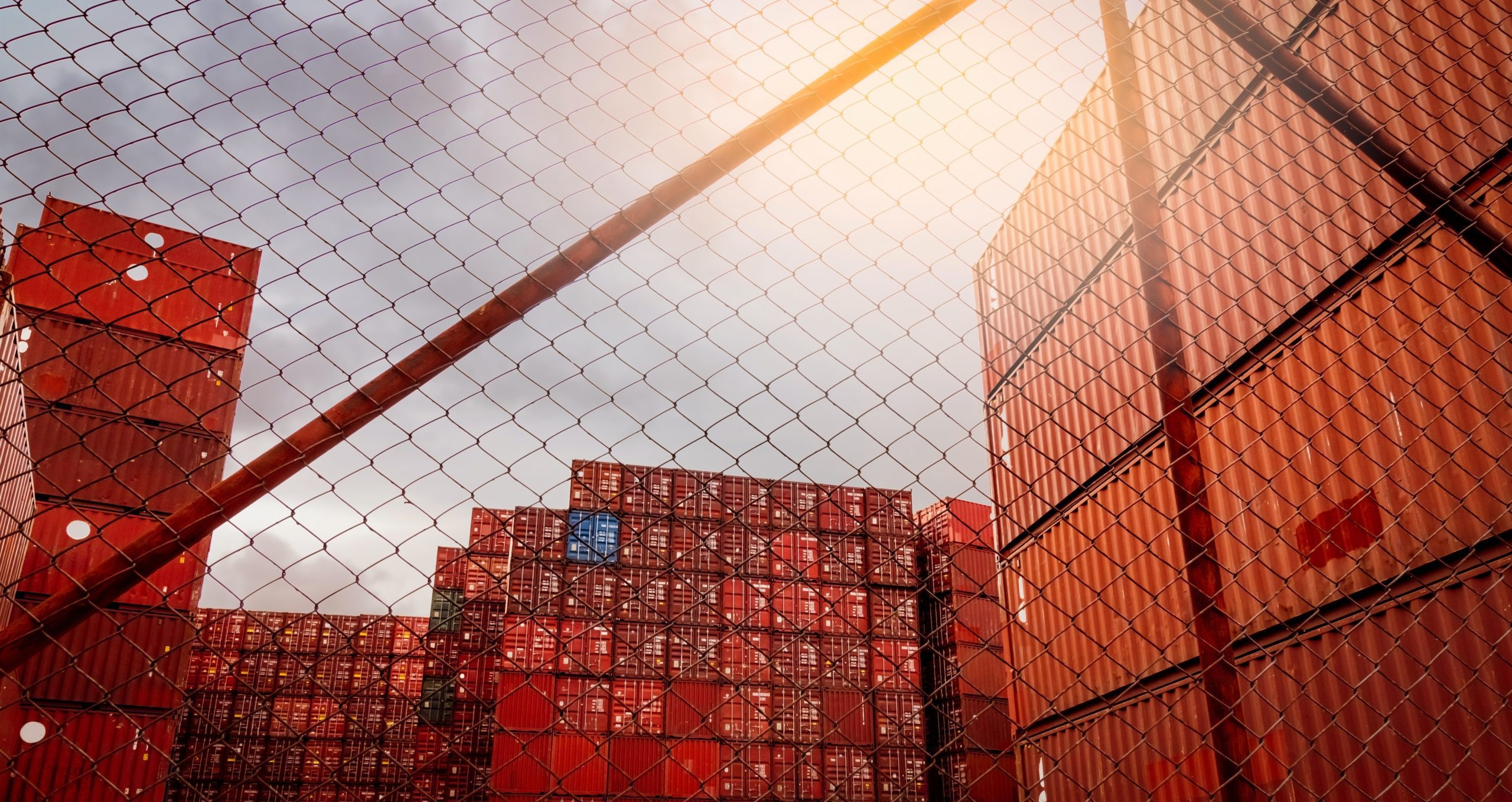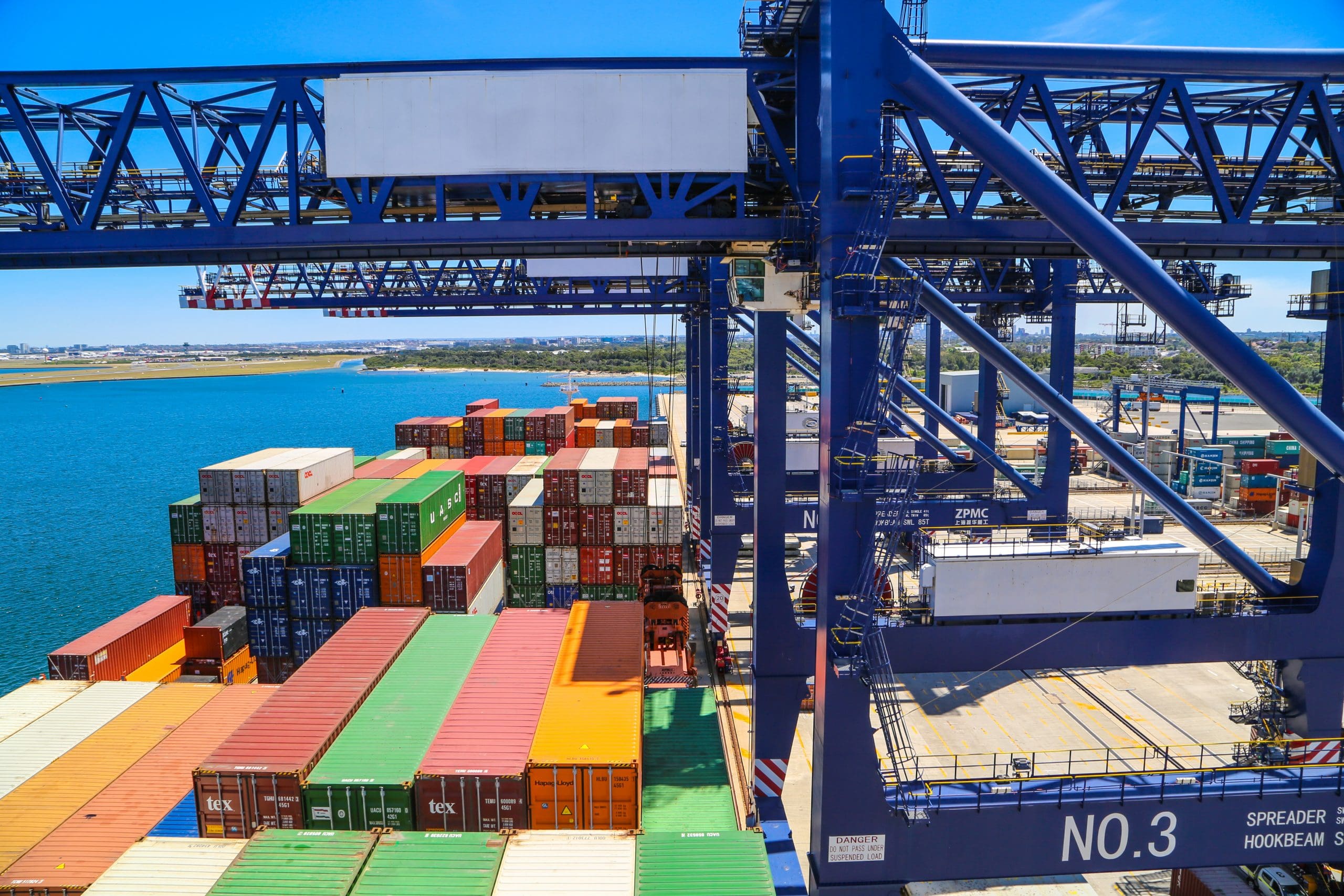With the UK’s exit from the EU now officially water under the bridge (although not without its ongoing fair share of unpredictable undercurrents), there is an urgent need for businesses who trade with both EU and non-EU countries, or are planning to do so, to understand what the future holds international.
As it stands, the economic barometer shows – much like the erratic summer weather we have so far endured – a somewhat undecided outlook. On the one hand, UK GDP growth slowed at the last count, as service sector output eased. Inflation continues to rise, and the IMF predicts an uneven global recovery.
Yet on the other, job vacancies have risen back above pre-COVID levels, and the Eurozone is exiting recession, which is raising hopes of strengthened export and international trade.
Where, then, do we go next? Rain or shine, what initiatives are under way to support UK businesses who want to trade with the rest of the world, and where can you find help and advice?
Tools to fuel the export drive
For us at the Chamber, there is certainly a busy autumn ahead, with international trade now scheduled to become a year-long focus, and we have added extensive content and events to our website at
www.chamber-business.com/exporting to give your business access to the export resources and services it really needs.
ChamberCustoms, for example, delivers a customs declarations service for UK importers and exporters of all sizes, in every region of the UK, including a T1 transit document service
to enable goods to travel from the UK to an EU destination country without the need to make an import declaration at the first port of entry into the EU.
We also have a vast network of regional, national and international partners that offer many other import and export-critical services – including market research, export documentation, consular services, training and translation/interpretation.
In addition, our own programme of workshops gets hands-on with the knottier topics in international trade, including export licence controls, letters of credit, rules of origin, and many others.

The plan from Westminster
This all coincides with multiple Government initiatives, including a Global Investment Conference on October 19, followed by events for potential inward investors across the UK, and International Trade Week starting on November 15.
It all sounds very grand – but what will the outputs be, and what useful insight will they deliver for businesses in our region and others?
The first milestone to note is that there will be a new UK Government Export Strategy published by the Department of International Trade (DIT) in November. In a post-Brexit world, this strategy aims specifically to deliver better support for exporters, improved access to finance, and more accurate and extensive trade data, amongst other benefits.
Outside of Europe, the Government’s programme of agreeing trade deals across the globe in the wake of Brexit continues, with the most recent round of negotiations under way between the UK and New Zealand. Progress has been made across all chapters, with some having already been closed. An Agreement in Principle towards a free trade agreement is expected over the coming months.
The UK has also recently become a Dialogue Partner of the Association of Southeast Asian Nations (ASEAN) – the first such dialogue ASEAN has agreed in 25 years – and this will lead to closer cooperation between the UK and the region on a range of issues, including trade and investment.
Keeping import duty at bay
On the import front, one of the most significant recent developments is that the duty suspensions on certain imported goods under the EU regime have now been incorporated into post-Brexit UK law.
These goods are typically used in domestic production, and the rules about what is and is not covered are (predictably) complex, but in principle they should not have changed materially from the previous EU model.
If your businesses is seeking to expand or extend the type of goods it imports, or to import goods for the first time, it will be important to get ahead of the curve, and you can do this by consulting the A-Z list at www.trade-tariff.service.gov.uk/a-z-index/a
EU workers in the UK – the rules have changed
Whilst importing goods is one thing, importing workers is quite another, and if your business employs or is looking to employ non-UK or non-Irish citizens, you must now conduct an online check for digital proof (known as an eVisa) of an applicant’s actual visa to work in the UK – passports and national identity cards no longer suffice.
This applies to EU citizens, and, critically, includes even EU, EEA and Swiss citizens with settled or pre-settled status (although not if employed by the business before July 1, 2021).
The requirement applies to those with a Hong Kong BNO visa and some other nationalities who have moved to the UK more recently under the points-based immigration system.
Global trade, local help
In short, change is afoot in international trade, and whilst much of it is positive, navigating the elements that seem to spell overheads, complexity and expense can perhaps seem like a bridge too far for many local businesses – particularly when they are still reeling from the uncertainty of Brexit and the ravages of the pandemic.
Our message to them, and to you, is clear: when it comes to selling to the world, at Bedfordshire Chamber of Commerce there is support close to home if you need it.
For more information, contact Bedfordshire Chamber of Commerce on 01582 522448 or email info@chamber-business.com

CEO
Bedfordshire
Chamber
of Commerce













